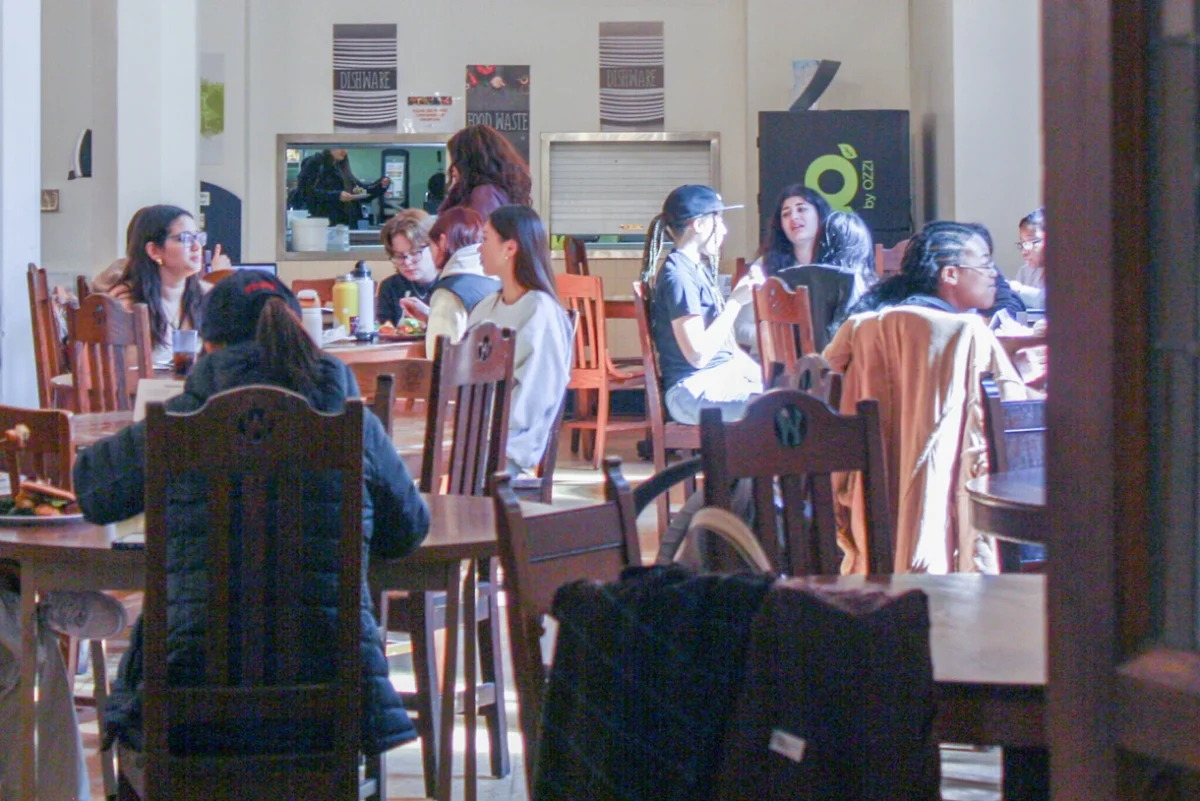According to two separate institutional surveys conducted in the past year, the National Student Health Assessment and a survey all Consortium on Financing Higher Education institutions complete, 38% of Wellesley students do not identify as heterosexual, cisgender, or both. In other words, approximately 875 students are LGBTQ. We strongly feel that, for a college in the 21st century, Wellesley’s institutional resources for queer students are lacking. When factoring in such a high percentage of students who could utilize such things, the resources and services available are abysmal.
Currently there is one designated space for queer students: the LGBTQ Resource Room. Located in Billings, this space, which is supposedly meant for 38% of the student body, is smaller than Wellesley dorm rooms and unknown to the vast majority of students. Its main features consist of a sad futon that’s seen better days and a shelf of largely outdated queer literature. Moreover, an entire wall of the room facing the hallway is made of glass, making it unusable for students who are not out. Although this wall is made of tinted glass, the tint was installed facing the wrong direction, so students inside the room have their view into the hallway slightly obscured while anyone passing by can see perfectly into the room.
The college also does not keep record of which graduates are LGBTQ. As a result, students lose out on mentoring possibilities and the ability to invite successful alums to campus for presentations, workshops, or panels. Seeing successful older alums could have an immense positive impact on current queer students, but we simply do not know who they are. There are many ways this data collection could be implemented, such as a survey question with a “prefer not to answer” option, which would leave the process entirely opt-in while providing valuable contacts to current and future Wellesley students.
On top of this, the Director of LGBTQ Programs and Services, who is also a dean of the Office of Intercultural Education (OICE), is the only OICE dean who is not a full time employee and is only hired at half time. We believe this shows a lack of institutional support for and recognition of queer students.
A recent win for LGBTQ Wellesley students came with the college’s new admissions policy, as Wellesley finally opened its doors to trans women. However, even here Wellesley is lacking. For trans women looking to apply to Wellesley, the process is severely flawed: unlocking Wellesley’s application requires students to have marked their sex assigned at birth as female on the Common Application. Though the Common App states that students who have changed their legal gender marker can select that corresponding option instead, the average seventeen-year-old trans applicant most likely has not yet changed their legal gender marker, if she even plans to at all. The Admissions website states that women running into this roadblock should call Admissions directly, leaving trans women who have not changed their legal gender marker no choice but to out themselves to the college before their application process even formally begins.
The error message given to those who marked they were assigned male at birth on the Common Application and who are looking to apply to Wellesley is “Wellesley College is a female only college,” something that the new admissions policy itself deems untrue with its codification of the acceptance of nonbinary applicants. This less publicized feature of the policy created a distinct line between nonbinary applicants designated male at birth and those designated female at birth, only allowing those designated female at birth to apply. While this was the first time Wellesley formally stated its willingness to accept any openly nonbinary applicants, the language of Wellesley’s policy invalidates nonbinary genders themselves, categorizing nonbinary people by their genitalia instead of their own identification. Excluding nonbinary applicants who were designated male at birth shows the college truly still sees them as men, enough so to keep them out of the applicant pool. This exclusion implies the only reason the college sees nonbinary designated female at birth applicants differently is it views them as women, a clearly transphobic stance.
A final place we would like to touch on that is lacking resources for queer students, and especially trans students, is the Stone Center. Trans students have reported feeling as if their counselors are invalidating their identities or automatically assume all of their mental health concerns link back to being transgender. Not all counselors have negative records here, but far too many do. Trans students should not have to take that risk when getting help, especially when they are already such a high-risk population for many mental health concerns. The Stone Center needs to hire a counselor who specializes in working with transgender students, and all counselors should be trained regarding trans and nonbinary students. Not having a counselor whose online bio advertises experience working with transgender people stops students from reaching out, whether to talk about a trans-specific issue, such as the harm done by being misgendered by professors, or for other mental health concerns. This issue is even more important now that the college has trans women applicants; trans women of color, especially black trans women, have the highest rates of violence perpetuated against them, alongside very high rates of depression and other mental health conditions.
These issues are just a handful of the college’s shortcomings when it comes to its queer students; as it stands now, Wellesley is letting down 38% of its student body through erasure and a dearth of resources. We hope to start a dialogue to change these issues, and invite readers to begin having these conversations in the spaces they frequent.







